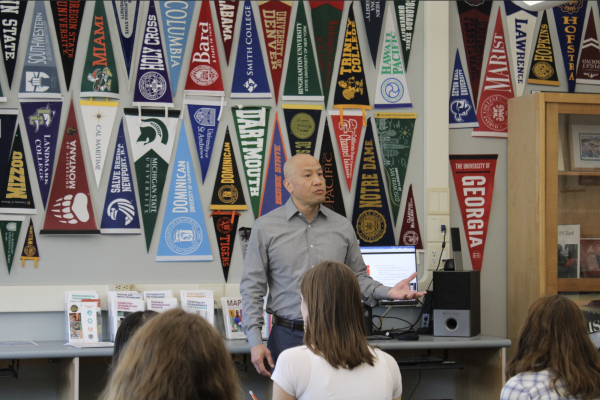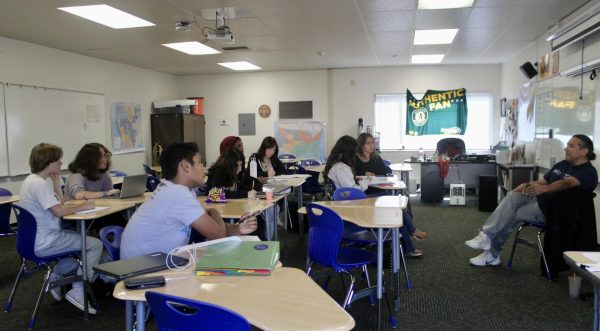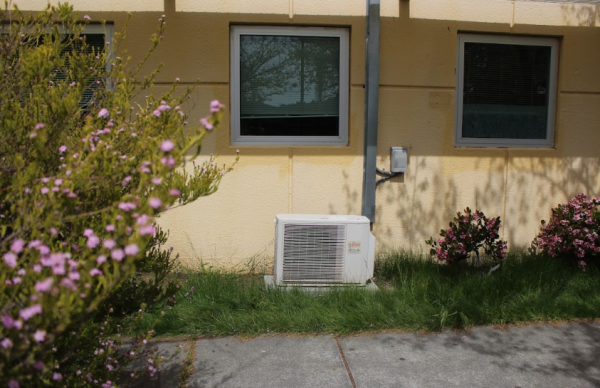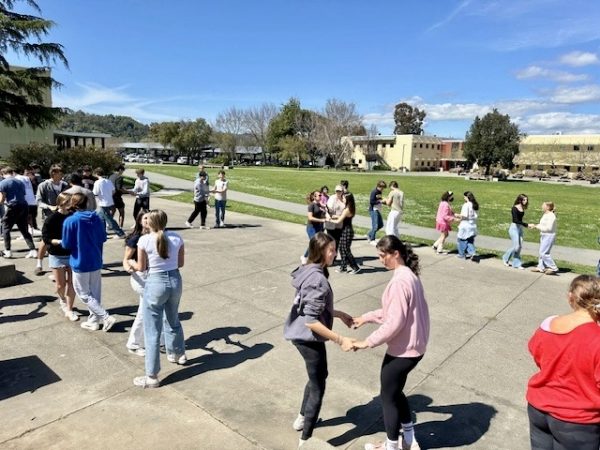Astronomy community awaits delayed Artemis I launch
September 30, 2022
The date is Aug. 29, 2022, and the world of space exploration holds its breath, eagerly awaiting the launch of the National Aeronautics and Space Administration’s (NASA) $4.1 billion Artemis I rocket. Unfortunately, those interested in witnessing the launch are still holding their breaths and will likely have to do so until the beginning of October.
The Artemis I rocket is just a section of NASA’s overarching Artemis mission, whose historic purpose has not been attempted since 1972: putting humans back on the moon. The rocket itself is the first in a series of three launches that, if all go according to plan, will result in a successful, manned moon landing. The Artemis I rocket, however, is unmanned, with the purpose of testing the capabilities of the Orion spacecraft that will eventually deliver astronauts to the moon. This mission is being hailed by NASA as the Apollo of a new generation. Unfortunately, the launch of Artemis I has been plagued by delays brought on by technical difficulties and, most recently, weather concerns. Originally scheduled for late August, the launch is now expected to commence more than a month later, at the beginning of October. To many space travel enthusiasts, including those who belong to the astronomy community at Redwood, these delays are no reason to fret. Astronomy student and Astronomy Club founder Bayanni Rivera is anticipating launch day. As the Astronomy Club founder, his launching of model rockets shows a practical side of his passion for rocketry. When near perfect engineering and conditions are required, according to Rivera, patience is key.

“For a launch like this, you need to get every single thing right. There is very little tolerance for any mistakes, so having a delay like this isn’t uncommon,” Rivera said.
Beyond being unfazed by the delays, Rivera is excited for the implications the mission has for science and humanity as a whole.
“I am certainly excited for any mission that will further satisfy humanity’s innate desire to know more about the unknown. I am all for any mission that is designed to address that question,” Rivera said.
Also anticipating the upcoming launch is Astronomy Club member Varun Aruldas, who acknowledges the importance of rockets for society.
“The society that we love today doesn’t live without rockets. Global positioning systems (GPS), Wi-Fi and cellular don’t happen without satellites,” Aruldas said.
Delays are no reason to worry for Aruldas either, and drawing comparison to Elon Musk’s SpaceX rocket missions, he states the process of failure and perseverance is necessary to develop successful missions.
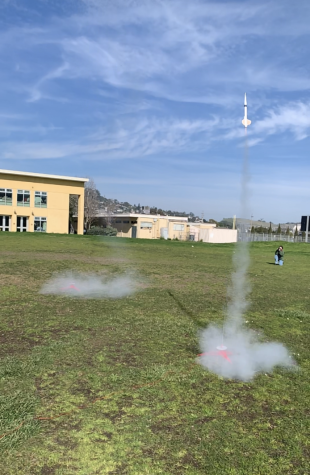
“You have to look beyond the failure and see the attempts before. In SpaceX’s Starship development process, 20 rockets had to go up and crash before they could get one to maneuver properly,” Aruldas said.
Aruldas is equally enthusiastic about the social phenomenon of a moon mission, a phenomenon the world has not seen since the 1970s.
“I have always wanted to experience what it must have been like to experience the Apollo programs live on television. For my generation to be able to have that experience, now on colored television, is amazing. It’s a cool step into the future,” Aruldas said.
Students are not the only ones anticipating the launch. Astronomy teacher Elise Rubio is pleased that her eager students, some of whom will want to delve into the field later in their professional lives, will get to witness a moon landing in their generation.
“Inevitably, there’s going to be a handful of students who want to be in aerospace, physics or planetary sciences, so [the Artemis I launch] fuels their passion. Hopefully it’ll get people excited like the first Apollo did; it got people invested, and allowed them to just keep going and going,” Rubio said.
The NASA mission has garnered much anticipation as the clock ticks down to launch day. While it is being hailed as the moon mission to define a generation, it is still just that: a moon mission. Humans have already landed on the moon, while other parts of our vast galaxy still remain unexplored; this untapped potential is what Rubio is more excited for. Specifically, she is interested in missions furthering the search for life outside of our planet.
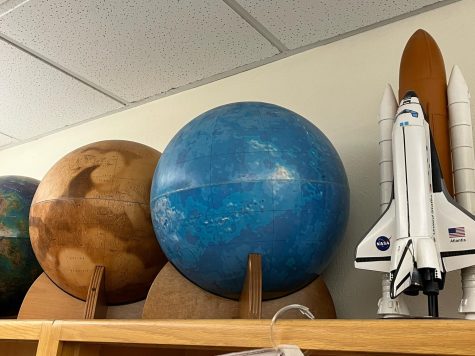
“If the purpose of space exploration is that unending search for life, we already know that the moon and Mars don’t have that for us,” Rubio said. “There’s another launch that keeps getting pushed back, [meant] to dig through the ice of [Ocean Moon], Europa, to see if there’s life underneath that ice. And there’s nothing that says there can’t be, so that’s super exciting.”
While the moon may not hold undiscovered knowledge of extraterrestrial life, this mission still marks NASA’s return to the forefront of space exploration. The day of the Artemis I launch, which could be as soon as Oct. 2 if all goes well, will propel NASA right back into pushing the boundaries of the final frontier, and may serve as a starting point for exploration beyond the known. The world only needs to hold its breath just a little longer.









